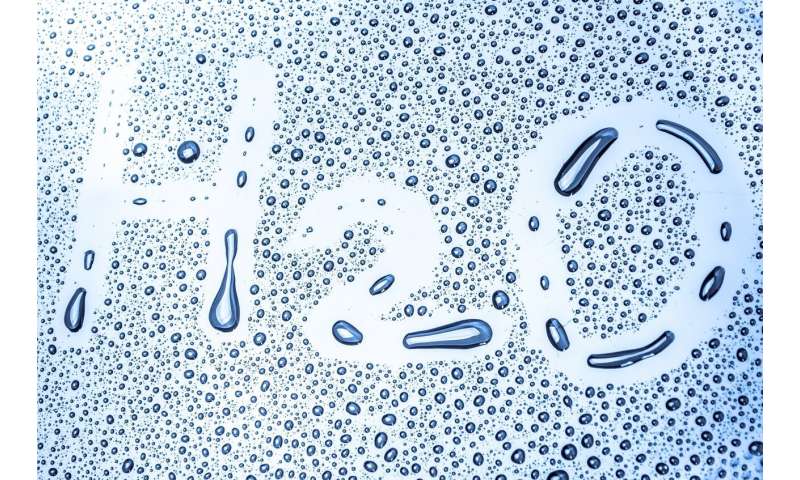
The Journal of Dental Research published today the results of a study that demonstrated that community water fluoridation is not associated with increased risk of osteosarcoma.
More than sixty percent of the U.S. population have access to community water fluoridation, considered to be one of the most important public health policies of the twentieth century due to its reduction of tooth decay at the population level. Fluoride ingestion has been suggested as a possible risk factor for osteosarcoma based on a 1990 animal study. Six of the seven subsequent case-control studies in humans reported that fluoride in drinking water was not associated with osteosarcoma.
This study assessed whether living in a fluoridated community was a risk factor for osteosarcoma by performing a secondary data analysis using data collected from two separate, but linked studies. Patients for both Phase 1 and Phase 2 were selected from U.S. hospitals using a hospital-based matched case-control study design. For both phases, cases were patients diagnosed with osteosarcoma and controls were patients diagnosed with other bone tumors or non-neoplastic conditions.
In Phase 1, cases (N=209) and controls (N=440) were patients of record in the participating orthopedic departments from 1989-1993. In Phase 2, cases (N=108) and controls (N=296) were incident patients who were identified and treated by orthopedic physicians from 1994-2000. This analysis included all patients who met eligibility criteria on whom we had complete data on covariates, exposures, and outcome. Conditional logistic regression was used to estimate odds ratios (OR) and 95% confidence intervals (CI) for the association of community water fluoridation with osteosarcoma.
The adjusted OR, for osteosarcoma and ever-having lived in a fluoridated area for non-bottled water drinkers was 0.51(0.31—0.84), p=0.008. The same comparison adjusted OR for bottled water drinkers was 1.86 (0.54—6.41), p=0.326.
Source: Read Full Article
